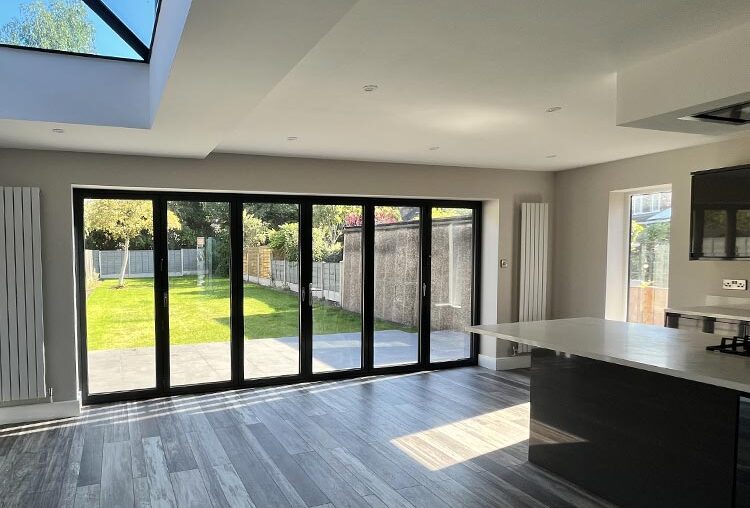Navigating the complexities of planning permission can be daunting, particularly when modifications or constructions have already taken place. In such cases, retrospective planning permission– Plans 2 Extend offers a viable solution to rectify planning irregularities. This process allows homeowners and property developers to seek approval for completed projects that did not initially receive consent from the local planning authority. Understanding the intricacies of retrospective planning permission is crucial to avoiding legal complications and ensuring compliance with building regulations.
What is Retrospective Planning Permission?
Retrospective planning permission is an application submitted to the local council for approval of a structure that has already been built or altered without prior planning consent. While it may seem like a remedial measure, obtaining approval post-construction is not guaranteed. The planning authority will assess the application just as they would for a standard planning application, considering factors such as environmental impact, adherence to local policies, and neighborhood concerns.
If granted, retrospective planning permission legally legitimizes the development. However, if refused, the applicant may be required to modify or even remove the structure to comply with regulations. Retrospective planning permission – Plans 2 Extend specializes in helping homeowners navigate this process efficiently.
When is Retrospective Planning Permission Required?
Several scenarios may necessitate a retrospective planning application, including:
- Unintentional Oversights: Property owners may unknowingly exceed permitted development rights.
- Extensions and Alterations: Homeowners who extend their properties without first obtaining the necessary approvals.
- Changes of Use: Converting a building for a different purpose, such as turning a residential property into a commercial space, without prior consent.
- Enforcement Notices: If the local council identifies an unauthorized development, they may issue an enforcement notice, prompting the need for retrospective permission.
Understanding these scenarios helps homeowners and developers take corrective action promptly and legally.
How to Apply for Retrospective Planning Permission
Applying for retrospective planning permission – Plans 2 Extend involves several key steps:
- Consultation with a Planning Expert
Engaging professionals like Plans 2 Extend ensures expert guidance and increases the likelihood of approval. - Gathering Necessary Documentation
Essential documents include architectural drawings, site plans, and a detailed explanation of the development. - Submitting the Application
The application is submitted to the local planning authority for review. This includes a fee based on the scale and type of development. - Public Consultation and Review
Neighbors and other stakeholders may be consulted to assess the impact of the development. - Decision and Outcome
The council either grants approval, rejects the application, or requests modifications.
Potential Outcomes of a Retrospective Planning Application
Once submitted, there are three possible outcomes:
- Approval: If granted, the development is legally compliant.
- Conditional Approval: Minor modifications may be required for compliance.
- Rejection: If refused, the applicant may need to appeal or modify/remove the development.
Consequences of Not Seeking Retrospective Planning Permission
Failure to obtain retrospective planning permission can lead to legal and financial repercussions. The local authority may issue an enforcement notice, compelling the owner to either seek approval or dismantle the structure. Non-compliance with an enforcement notice is a criminal offense and may result in significant fines or legal action.
How Plans 2 Extend Can Help
Retrospective planning permission– Plans 2 Extend provides expert assistance in navigating the planning system. Their services include:
- Professional Consultation: Experienced planners assess the feasibility of your application.
- Application Preparation: Ensuring all documentation meets council requirements.
- Appeals Support: In case of rejection, they assist with the appeals process.
- Compliance Guidance: Advising on modifications to increase approval chances.
Conclusion
Securing retrospective planning permission – Plans 2 Extend is essential for legal compliance and avoiding enforcement actions. By working with experts, homeowners and developers can ensure a smooth process, increasing the likelihood of approval while mitigating potential risks. If you require assistance with retrospective planning permission, contact Plans 2 Extend for professional guidance and support.



